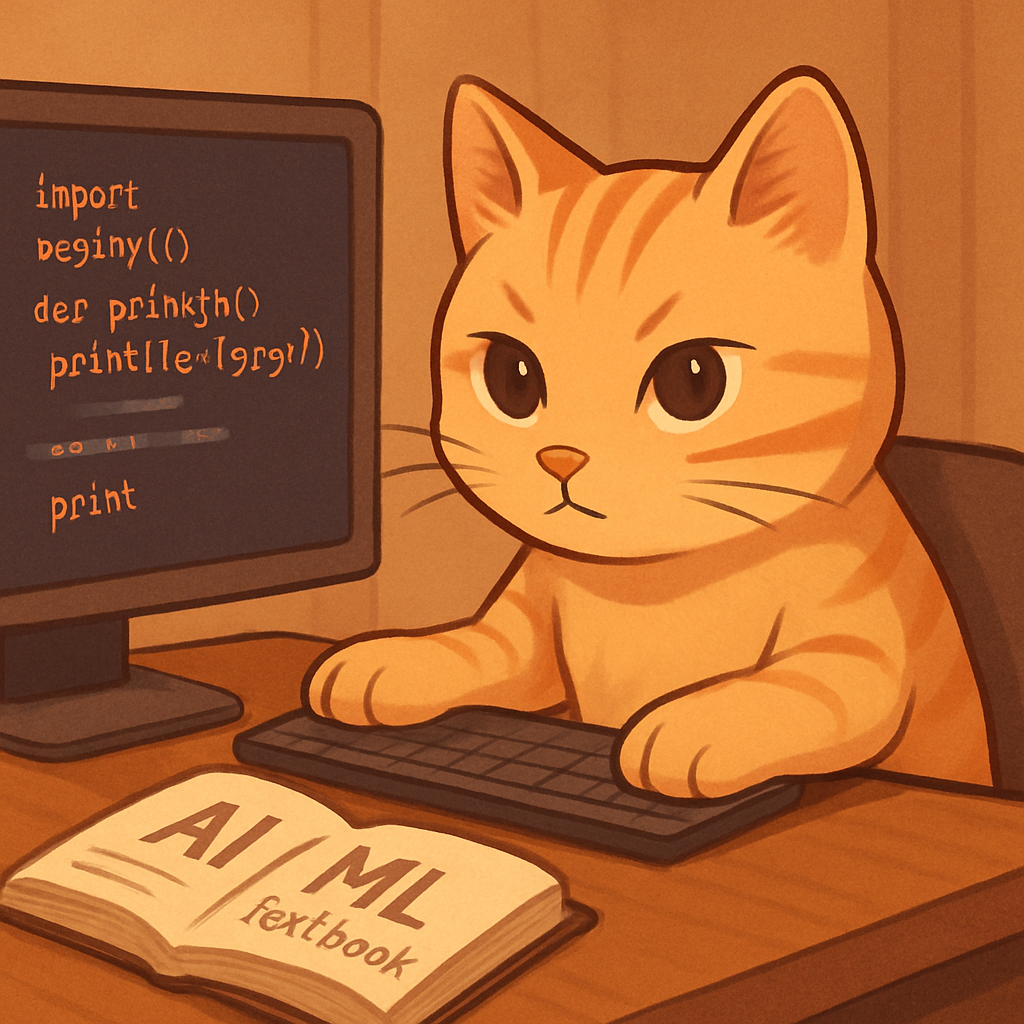Exploring Advanced Python Concepts: class methods, static methods, decorators, and singletons
Introduction
As I explored deeper into Python, I studied four powerful and sometimes confusing concepts:
- Class Methods
- Static Methods
- Decorators
- The Singleton Pattern
Here’s a summary of what I learned, what I struggled with, and how I plan to use these ideas going forward.
Class Methods
Class methods are defined with @classmethod and take cls instead of self. I learned they are useful for:
- Creating alternative constructors
- Modifying class-level data
- Acting as factory functions
What was tricky: Understanding the difference between cls and self, and when to use class methods over instance methods.
Static Methods
Static methods use @staticmethod and do not take self or cls. They’re just plain functions inside a class.
Use case: When a method logically belongs to a class but doesn’t need access to instance or class data.
What was tricky: I thought static methods could still access instance variables — they can’t.
Decorators
Decorators wrap a function to modify its behavior. I created a decorator that logs function inputs and outputs.
def logger(func):
def wrapper(*args, **kwargs):
print("Calling", func.__name__)
result = func(*args, **kwargs)
print("Returned", result)
return result
return wrapper
What was tricky: The idea of functions returning functions was hard to grasp at first. Also, keeping track of the *args, **kwargs syntax.
Singleton Pattern
A singleton ensures a class has only one instance. I implemented this pattern in Python using a class variable to store the instance.
Why it matters: Useful for shared resources like database connections or configuration.
What was tricky: Avoiding multiple initializations and understanding how __new__ or class-level flags work to enforce the singleton.
What I learned
- Python has a lot of powerful tools for organizing logic
- Decorators and static methods helped me clean up repeated code
- Understanding class-level vs instance-level concepts is essential
What I want to do next
- Use class methods in real project initializations
- Apply decorators to log or secure API functions
- Explore design patterns like Factory and Observer
- Build a settings manager using the Singleton pattern
These concepts take time to sink in — but they’re exactly what separates beginner code from scalable, professional code.
